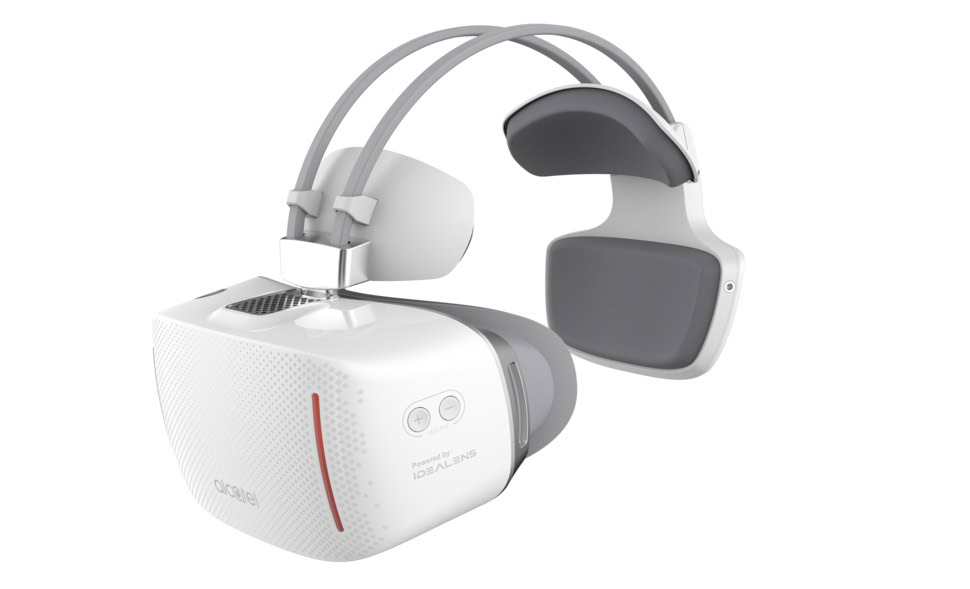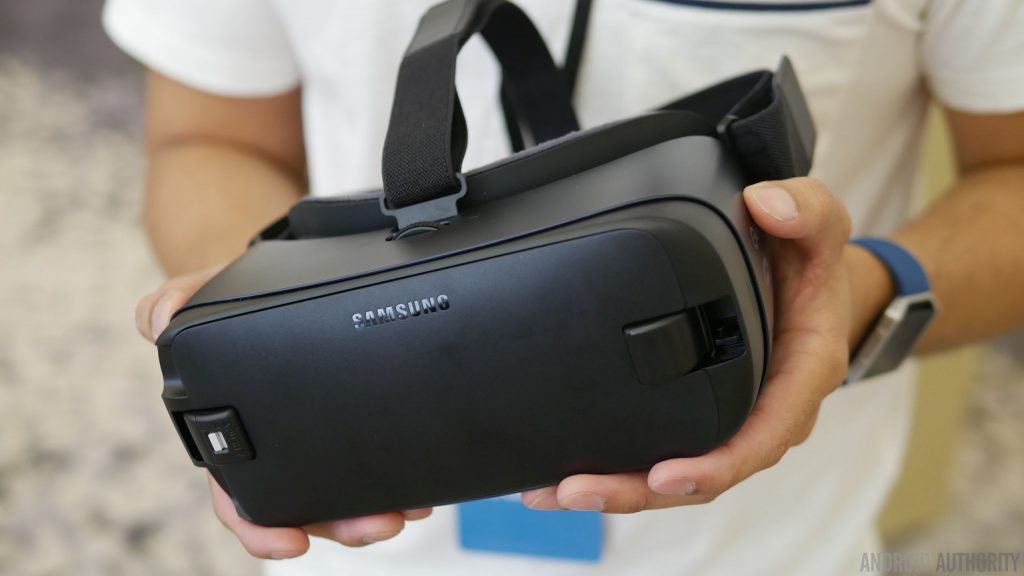Affiliate links on Android Authority may earn us a commission. Learn more.
Alcatel Vision is an all-in-one VR headset, but is it really worth getting?

Complete, all-in-one VR. Sounds great doesn’t it? No need to attach a phone, PC, or a game system. Instead you can enjoy complete mobility. This a dream concept that we’ve seen a few players attempt to go after, including Pico with their mobile VR-based Neo series and Solun Q with its AMD-powered all-in-one approach. Now Alcatel is throwing its weight into the all-in-one VR ring as well.
At IFA 2016, Alcatel announced the Vision, a VR headset with all the required internals built right in. That means no need to tether anything. Powering this experience is an octa-core CPU with 3GB RAM, 32GB storage, Bluetooth, LTE Wi-Fi, accelerometer gyroscope, and a proximity sensor. On the display front, you get two 3.8-inch AMOLED screens with a resolutions of 1080 x 1020.
While we applaud Alcatel for thinking outside the box, this is a concept that unfortunately sounds cool until you really analyze it. First, Alcatel just mentions octa-core CPU and so it’s unclear if we are looking at a low-end chip, or a high-end. Taking a guess, it’s probably a higher-end MediaTek processor. So you have essentially mid-to-high-end mobile specs, but without the phone. And that leads to another potential issue: pricing.

The Alcatel Vision is expected to cost around 499 to 599 euros, or what amounts to between $560 and $670. So you’re paying about the price of an Oculus Rift, but without the need to have a PC attached. That said, there’s going to be a big difference in performance between the Rift and the Vision.
Consider that Samsung’s Gear VR and the upcoming Google Daydream platform both will cost around $100 or less. Yes, these headsets need a phone to work, but pretty much everyone owns a smartphone these days. And judging by the specs in the Vision, something like the ZTE Axon 7 (which supports Daydream, btw) would cost the same when combining with a VR headset and would deliver the same or a better experience. And when you aren’t doing VR, you’d also have a pretty solid phone you can use.
Finally, we have to think about software. The Gear VR has the Oculus Store. Daydream has the upcoming Android Daydream UI with its own version of Google Play and YouTube. Even Cardboard has a decent library of games via the Play Store. On the other hand, unless the Vision has the Play Store built in (they don’t say for sure), Alcatel’s solution will only allow you to use their own storefront which is expected to have around 50 games and 100 VR videos at launch. While that’s a nice start, it pales in comparison to what you’ll get with other mobile VR platforms.
I’ve actually been pretty supportive of Solun Q in the past for its all-in-one concept. The difference is it aims to run PC VR games, albeit at a likely weaker resolution than Rift or Vive, giving true mobility to a category that previous required a desktop or expensive laptop to run, and a huge wire to make the connection. With mobile VR, connecting the phone is pretty easy, and this solution is already pretty mobile. This makes the need for something like this a bit less necessary.
What do you think, agree with my assessment or am I being a bit too harsh on the concept? Let me know your thoughts in the comments.